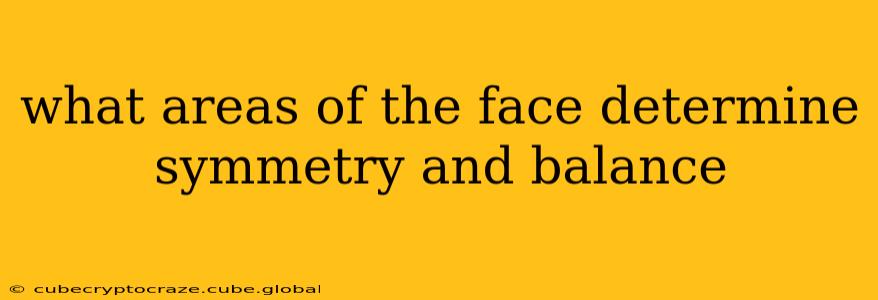What Areas of the Face Determine Symmetry and Balance?
Facial symmetry and balance are complex concepts, influencing our perceptions of beauty and attractiveness. While perfect symmetry is rare, the subtle differences in our features create unique and captivating faces. Understanding which facial areas contribute most to this perception is key to appreciating the artistry of the human face. This exploration will delve into the specific features and their interplay in determining overall facial harmony.
What are the key facial features that contribute to symmetry?
The perception of facial symmetry and balance is determined by several key features working in concert. These include:
-
Eyes: The distance between the eyes, their shape, and their size relative to other facial features are crucial. Slight discrepancies are often overlooked, but significant differences can disrupt the overall balance. The position of the eyebrows also plays a significant role, influencing the expression and perceived symmetry.
-
Nose: The nose is a central focal point, and its size, shape, and position heavily impact facial symmetry. A slightly off-center nose, for instance, can noticeably affect the overall balanced look. The proportions of the nasal bridge, tip, and nostrils are all considered.
-
Mouth and Lips: The size and shape of the mouth and lips are essential components. Symmetry in the lip line and the alignment of the corners of the mouth contribute to an overall balanced appearance.
-
Cheekbones: The prominence and position of the cheekbones are vital. They create structure and dimension, and their alignment and relative size influence the overall balance of the face.
-
Jawline: The jawline's shape and definition contribute significantly. A strong, symmetrical jawline often enhances the perception of balance. Conversely, asymmetry in the jaw can be readily noticeable.
-
Forehead: The shape and width of the forehead, particularly in relation to other features, contribute to the perception of facial balance.
How do these areas work together to create facial balance?
These features don't act in isolation; their interactions are crucial for achieving overall facial harmony. For example, a slightly wider nose might be balanced by proportionately wider-set eyes. A strong jawline can offset a less prominent chin. The proportions and relative sizes of each feature must be considered in relation to others to determine the overall balance. The golden ratio, a mathematical proportion often found in nature, is sometimes used as a guide to ideal facial proportions, though individual preferences vary significantly.
What is the difference between symmetry and balance in the face?
While often used interchangeably, symmetry and balance are distinct concepts:
-
Symmetry refers to the mirror-like reflection of features on either side of the face. Perfectly symmetrical faces are exceedingly rare.
-
Balance is a broader concept, encompassing the harmonious proportions and relationships between facial features, even if they aren't perfectly symmetrical. A face can be balanced and aesthetically pleasing even with minor asymmetries.
Are there any technologies used to assess facial symmetry?
Yes, several technologies help assess facial symmetry and balance. These include:
-
Digital image analysis: Software can quantitatively measure the symmetry of various facial features, providing precise measurements.
-
3D facial scanning: This creates a highly detailed 3D model of the face, enabling a thorough analysis of symmetry and proportions.
Can facial asymmetry be corrected?
Many surgical and non-surgical techniques address facial asymmetry. These options should be discussed with qualified medical professionals.
This exploration highlights the nuanced interplay of facial features in determining symmetry and balance. While perfect symmetry is rare, the harmonious proportions and relative sizes of these key areas create the overall perception of balance and attractiveness. Understanding this interplay helps appreciate the unique beauty found in the variability of human faces.
